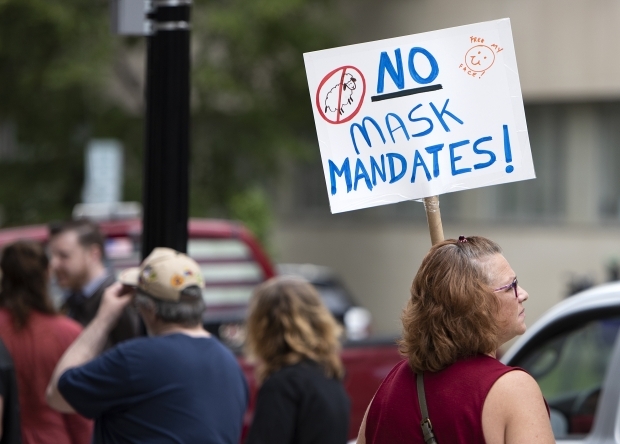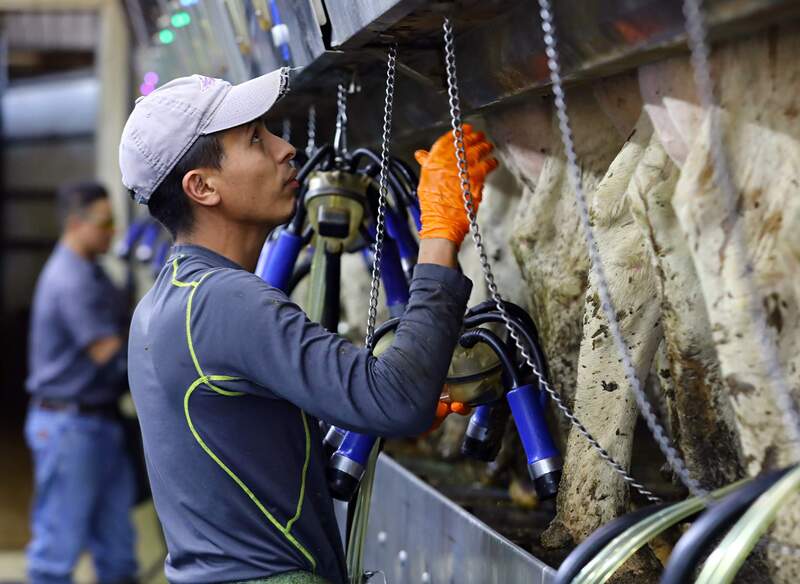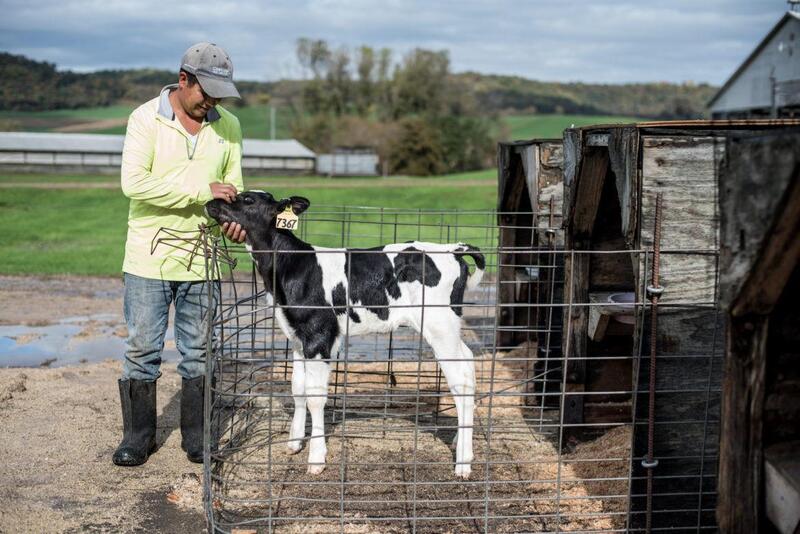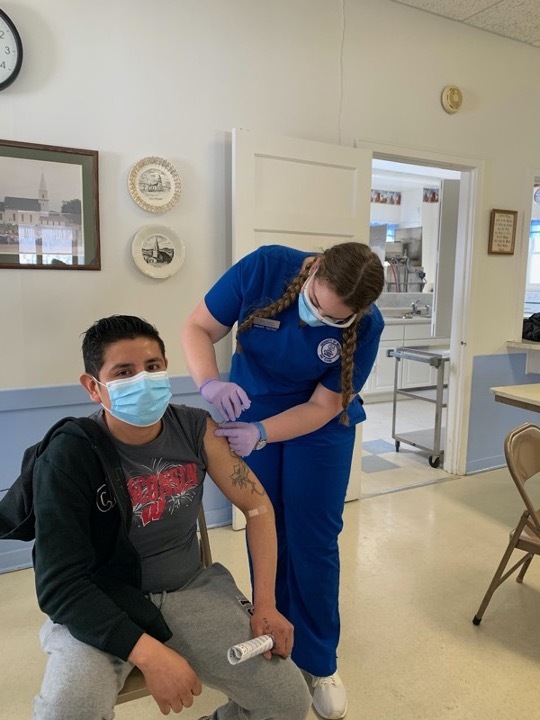The COVID-19 Pandemic:
Echoes of the Past in a Multifaceted Crisis
In December 2019, the first known case of a disease caused by severe acute respiratory syndrome coronavirus 2 (SARS-CoV-2, now known as COVID-19), was identified in Wuhan, China. Since then, the highly contagious disease has spread rapidly worldwide, and COVID-19 has become an unavoidable, and dangerous reality for populations across the globe.
In the US, the pandemic has highlighted the dangers of misinformation and the distrust of public health officials rooted in earlier eras. Conspiracy theories, misinformation, and politicization of the public health crisis have led to vaccine hesitancy and a lack of adherence to public health measures in areas, and countless numbers of preventable deaths. Resistance to preventative measures such as mask wearing has echoed errors made during the 1918 pandemic.
With the approval of effective vaccines in early 2021, death and hospitalization rates in the US fell as vaccine rates increased. Still, in some regions of the country, vaccine hesitancy remains. With the rise of the Delta variant—a new strain of the virus that is 60 percent more contagious than the original SARS-CoV-2 virus—a severe public health threat remains, especially to unvaccinated populations.
Research has revealed that Black, Latinx, and Indigenous communities have disproportionately been affected by the COVID-19 pandemic, underscoring vast, existing disparities in access to healthcare in the US. Beyond this, rural regions face an uphill battle when it comes to confronting the virus. Poverty, lack of infrastructure, and an overburdened healthcare system allowed for unchecked transmission. Between October 2020 and April 2021, non-metro areas experienced more cumulative cases of COVID-19 than urban spaces. As a result, despite only making up 14 percent of the population, rural residents account for more than 16 percent of new Covid-19 deaths through February of 2021.
Where does this leave rural workers? Unfortunately, still vulnerable to outbreaks and other major health concerns. Agricultural labor remains one of the most dangerous occupations in the United States and Worldwide. The physical demand of working long hours with livestock and heavy machinery means that farmworkers are at high risk for fatality, injury, and diseases. In 2015, 25% of Wisconsin's workplace fatalities took place in on a farm.
In the U.S., immigrants now make up an estimated 51 percent of all dairy workers in the country, many of whom are undocumented. Disruptions to food supply chains during the COVID-19 pandemic refocused attention on the key role that migrant laborers play in U.S. agriculture, with some calling for a path to citizenship for workers.
These populations face increased risks to COVID-19 due to factors such as crowded housing and working conditions and a lack of workplace protections. They also face significant obstacles to medical care, including a lack of insurance, sick time, and transportation; income insecurity, language barriers, and fear of seeking care due to their legal status.
In April 2020, Wisconsin Governor Tony Evers issued an emergency order that growers must provide face-coverings and implement strong social distancing and sanitation measures to protect thousands of migrant farm workers in the state from COVID-19. For many employers, making sure their migrant workforce remained safe during the pandemic became a priority; without healthy employees, crops simply won't be harvested.
"The nurses, you're the only ones who visit the ranches, nobody else... They [government officials] have not come. Not even a year after the pandemic started."
-—Anonymous WI farmworker
In Spring 2021, the Public History, Languages, Latin American & Latinx Studies and Nursing programs at the University of Wisconsin-Eau Claire launched an oral history project documenting the COVID-19 pandemic and its effects on Latinx farmworkers, who have become the essential—but often forgotten—backbone of Wisconsin’s signature dairy industry. At community vaccine clinics, farmworkers expressed anxieties about the pandemic and its effects, primarily on their families and ability to maintain work.
As essential workers, rural farm employees cannot work from home, and must stay healthy to provide for their families. Many migrant workers saw the vaccine as a commitment to their families, friends, and community, both in the US and Mexico, revealing bonds between rural Wisconsin and communities in Mexico that remain strong despite the distance. For these workers, the COVID-19 vaccine is both a personal and social decision that broadly impacts individual and public health.
"We have a child...Who is going to take care of him..what if I get sick? ... [W]e were worried that if something happened to us, who was going to work to provide for my son? How are we going to buy food... It was a huge concern because it was going to affect our work and economy. Well, no way, because, well, if you don't work you don't have money."
—Anonymous WI farmworker




